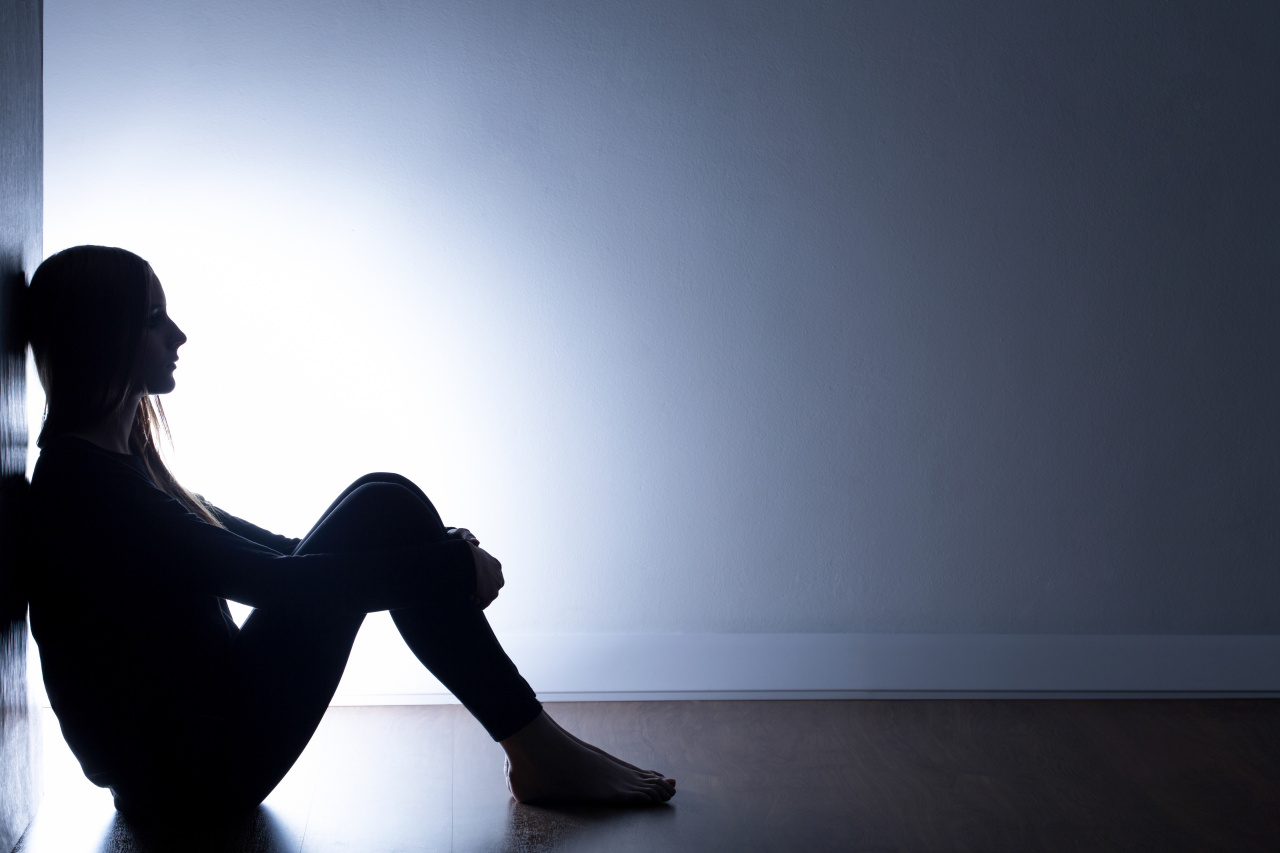With almost everything centered in Seoul, for many South Koreans born outside the capital the “Korean Dream” has meant packing their bags and making their way to the city, whether it be for education, a career or a new life.
The capital city, home to a fifth of Korea’s population, has been a dream destination for Koreans yearning to blend into a crowd of 10 million people. But once they are within that crowd, many feel left out and stranded.
“All of my friends are back in Daegu, and I’m basically by myself,” said Jeong Eun-ji, a 32-year-old bank worker who moved to Seoul by herself two years ago.
“Even though I’ve been here for more than two years now, I wouldn’t say I have real friends here. I just party at home by myself or try to find anyone to come visit me and spend the weekend here.”
Jeong said she did try to make new friends in Seoul but mostly failed and has only two friends in the neighborhood, who are not always available to hang out. After work she has become accustomed to spending time alone watching videos on YouTube or going to bed early.
“It’s not so easy to find friends here, but I don’t want to look desperate from going to every social gathering in town just to make friends,” she added. “Especially with COVID-19, I can’t risk myself from going out to social events, so for the time being, I will live as an island.”
Jeong’s sense of loneliness in Seoul is not uncommon, data suggests.
Considering that less than half of Seoul’s population was born in the city, it is likely that millions are dealing with the same issues. At the same time, almost 500,000 people move to Seoul every year, meaning their proportion grows larger as time goes on.
Also, more than two-fifths of Seoul’s residents live alone. According to census data from the Ministry of the Interior and Safety, single-person households accounted for 42.2 percent of the city’s 4.4 million households earlier this year.
A 2020 survey by the Seoul Institute found that 51 percent of Seoulites felt lonely in terms of interacting with people outside their own families. Close to 58 percent of respondents in their 30s reported loneliness, even though this age group is considered the most socially active.
Jung Ji-yoon, a 27-year-old freelance worker who moved to Dongdaemun-gu, eastern Seoul, from Busan in 2014, also felt the pain of loneliness for years, though now she says she has adjusted well to living by herself.
While she takes comfort in the fact that while living alone she has more time to care for herself, she says she often missed the people back home who would take good care of her. Even now, Jung says she still sometimes considers moving back to her hometown to be closer to her parents.
“It’s been about eight years since I started living in Seoul, and I was distressed from studying, finding a job and working full-time,” Jung said. “I kind of miss my parents after devoting all this effort, and I do miss relaxing by the beach every now and then.”
Newcomers like Jung take pride in settling in well and achieving job security, but many others struggle to land jobs and find a place to live in the densely populated city. They are also in danger of experiencing depression.
“There is evidence that the modern lifestyle of staying competitive and living afar from nature can be more susceptible to depression,” said Dr. Shin Yong-wook, a psychiatry professor at Asan Medical Center, in a report.
“The fact that the frequency of depression and the suicide rate surge even though people gain more in income and enjoy wealthier lives implicates a link between depression and modern people’s lifestyle focused on speed and efficiency.”
Experts and officials ask people experiencing mental distress to undergo counseling or take medications, but the stigma around the use of mental health services still prevents many from receiving much-needed assistance.
A report from the Organization for Economic Cooperation and Development found last year that 36.8 percent of people in Korea felt depressed or had depression, the highest level of all the countries surveyed.
Statistics Korea data showed last year that the country’s suicide rate was 26.9 people per 100,000, the highest among all OECD countries. But only 22.2 percent of those diagnosed with mental illness used mental health services, according to Ministry of Health and Welfare data from 2019.
“Traditional Confucian values consider mental disorders as internal problems to be tolerated but which cannot be treated,” said Dr. Park Jee-eun, a psychiatry professor at Seoul National University, in a 2015 report.
“This value caused older Koreans to avoid mental health services due to its association with personal weakness.”
By Ko Jun-tae (
ko.juntae@heraldcorp.com)

![[Seoul Struggles 1] Quest for trash bin far from easy in Seoul](http://res.heraldm.com/phpwas/restmb_idxmake.php?idx=605&simg=/content/image/2021/03/02/20210302000693_0.jpg)
![[Seoul Struggles 2] Lack of booths leaves Seoul smokers cornered](http://res.heraldm.com/phpwas/restmb_idxmake.php?idx=605&simg=/content/image/2021/03/08/20210308000728_0.jpg)
![[Seoul Struggles 3] Forced from public squares, 'flying rats' crowd residential areas](http://res.heraldm.com/phpwas/restmb_idxmake.php?idx=605&simg=/content/image/2021/03/16/20210316000905_0.jpg)
![[Seoul Struggles 4] Inter-floor noise, the scourge of apartment life](http://res.heraldm.com/phpwas/restmb_idxmake.php?idx=605&simg=/content/image/2021/04/06/20210406000367_0.jpg)
![[Seoul Struggles 5] Electric scooters, the urban ‘beasts’ of Seoul](http://res.heraldm.com/phpwas/restmb_idxmake.php?idx=605&simg=/content/image/2021/04/15/20210415000482_0.jpg)
![[Seoul Struggles 6] Seoul not so welcoming to newcomers when it comes to housing](http://res.heraldm.com/phpwas/restmb_idxmake.php?idx=605&simg=/content/image/2021/05/03/20210503000606_0.jpg)
![[Seoul Struggles 7] Going meat-free troublesome in Seoul where not much is promised](http://res.heraldm.com/phpwas/restmb_idxmake.php?idx=605&simg=/content/image/2021/05/12/20210512000035_0.jpg)
![[Seoul Struggles 8] Illegally parked cars wreak havoc for drivers in Seoul](http://res.heraldm.com/phpwas/restmb_idxmake.php?idx=605&simg=/content/image/2021/05/20/20210520000748_0.jpg)







![[Today’s K-pop] Blackpink’s Jennie, Lisa invited to Coachella as solo acts](http://res.heraldm.com/phpwas/restmb_idxmake.php?idx=644&simg=/content/image/2024/11/21/20241121050099_0.jpg)